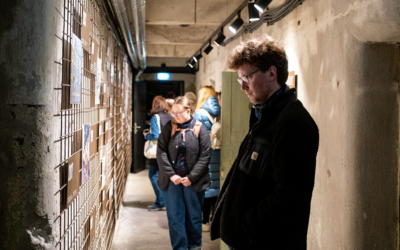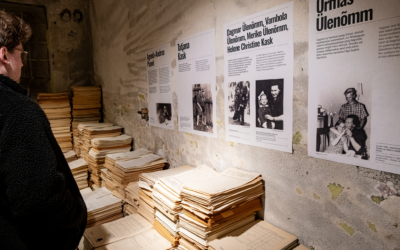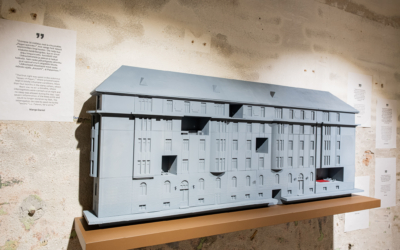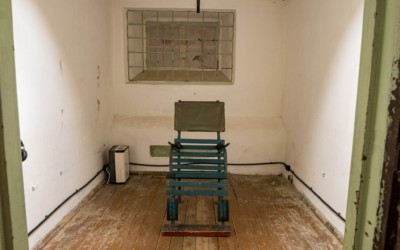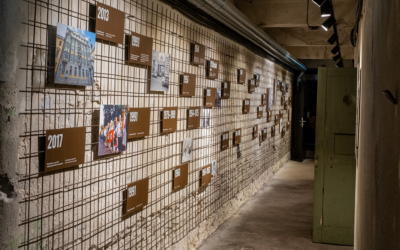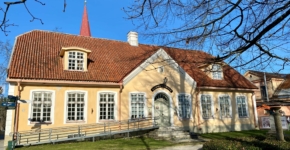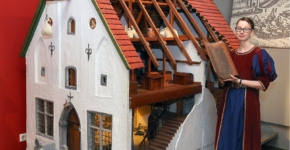
KGB Prison Cells in Tallinn
May history never repeat itself
The building at Pagari 1, originally constructed as an apartment house, became infamous throughout Soviet-occupied Estonia during the half-century of Soviet rule. The permanent exhibition tells the story of the cruelty of the NKVD and its successor, the KGB, as well as the suffering of those who were imprisoned, tortured, and murdered in this building. Above all, these rooms stand as a memorial to them. But the exhibition also speaks of the courage and strength of the people detained on Pagari Street, of hope, resilience, and solidarity.
The exhibition presents the role of the building on Pagari Street as a pre-trial detention center within the vast terror network of the KGB across the Soviet Union. It offers visitors an understanding of the nature of the KGB as an organization and the methods used to convict people. The exhibition also shares the stories of political prisoners held in the Pagari cells — memories of the damp days and months spent in the cells, of nightly interrogations, of transfers between the Pagari pre-trial prison and Patarei central prison, and of how people endured these inhumane conditions and kept their will to live. Visitors will also hear how Morse code was learned to communicate between cells and how prisoners supported one another.
